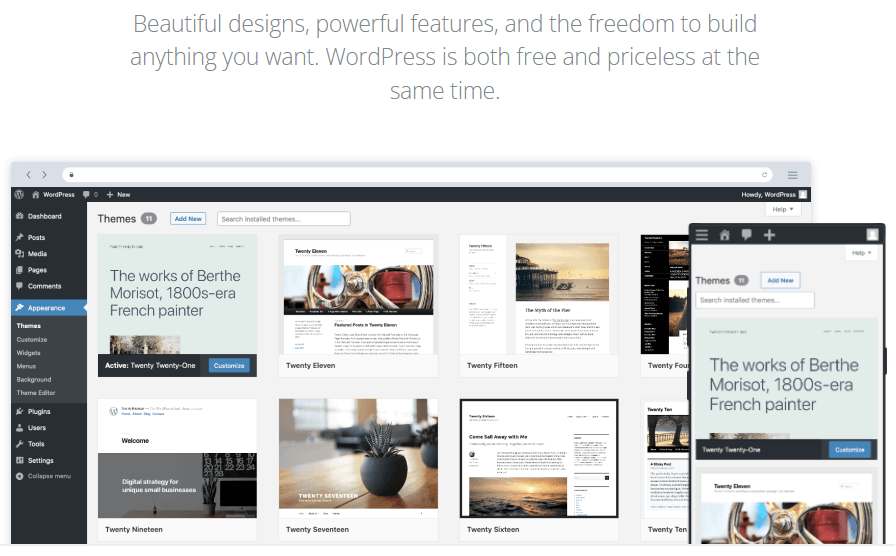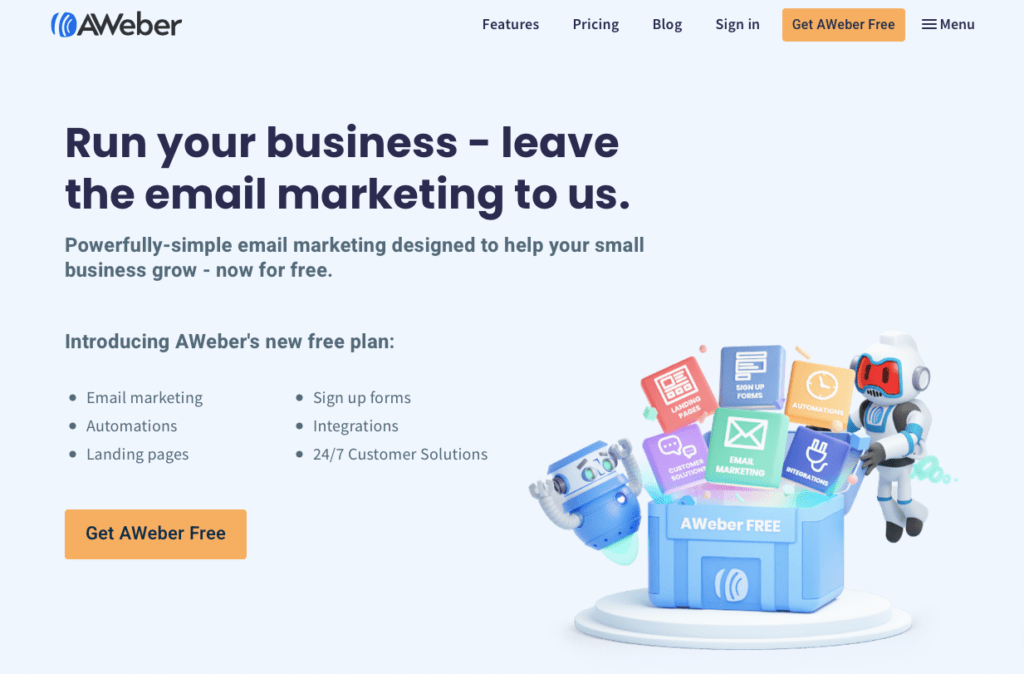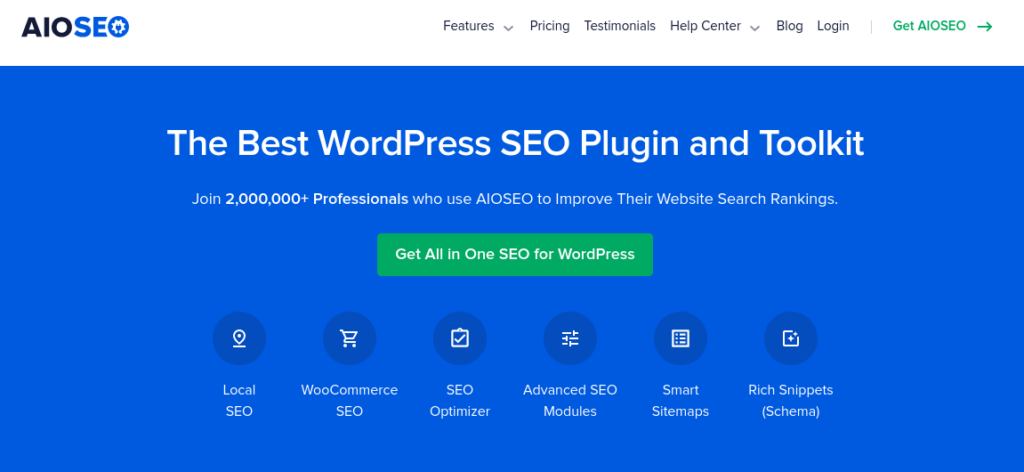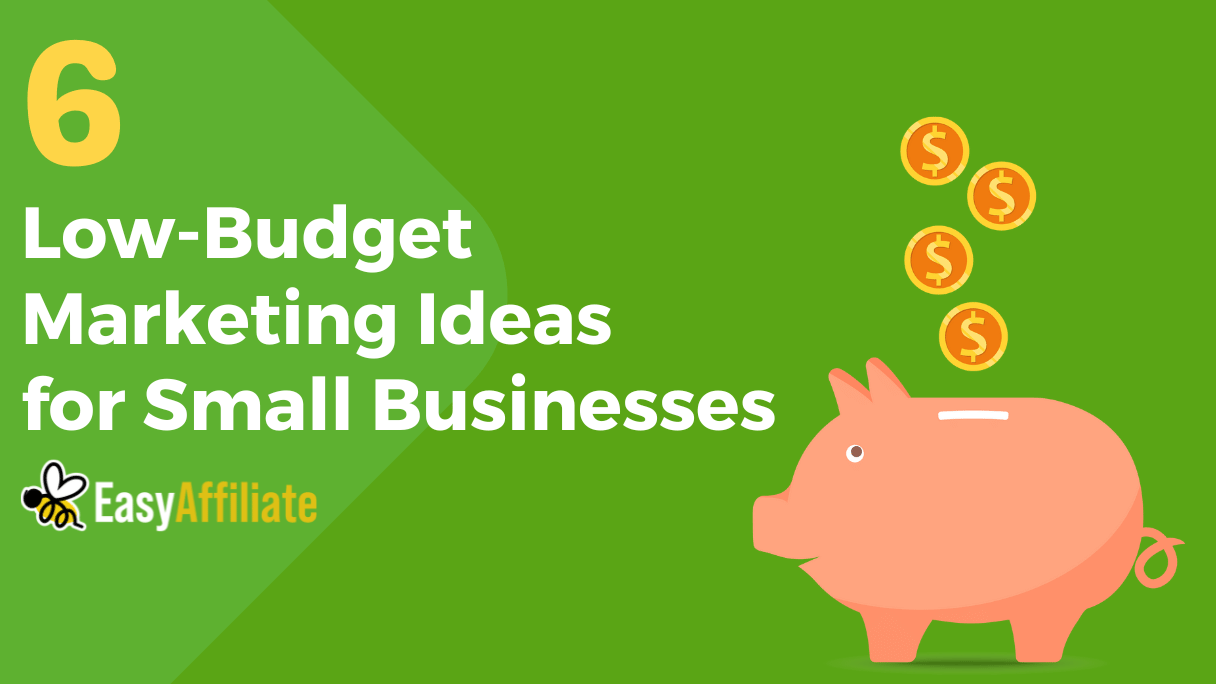Table of Contents
If you’re a small business owner, you already know the challenges that come with running your own company. When you’re managing everything yourself, marketing is just one more thing to add to your to-do list. It can be time-consuming and expensive, yet it's vital to a successful business.
Fortunately, there are many simple and cost-friendly ways to advertise your company online. If you're on a tight budget, it’s possible to spread the word about your business without breaking the bank.
Let’s jump right in!
1. Build a Professional Website
A website serves as the cornerstone of your online presence and can function as the foundation for all of your marketing efforts. Whether you're trying to sell products or services, build your personal brand, or promote your company or organization, a well-crafted website is essential to your success.
One of the great things about creating a website is, it can be done for free or at a very low cost. There are many platforms available that offer free website builders, however, we highly recommend taking a look at WordPress, which is one of the most popular and widely-used website platforms in the world:

WordPress is an open-source software that allows you to create and publish your own website quickly and easily. It's beginner-friendly, meaning you don't need to have any technical or coding experience to create a beautiful and functional website.
When it comes to the site itself, there's no need to create anything extravagant. A clean layout with a direct message should make it clear what you're selling, and a few basic search engine optimization (SEO) practices should start bringing visitors your way (more on this shortly).
You are going to need to purchase a domain name and a hosting plan. Domains vary widely, but can often be had for $10-15 per year. As for hosting, a shared or VPS setup can be all you need to run a small business site, and you can find reputable providers offering plans for $5-10 per month.
2. Create an Email Marketing List
Email marketing might sound old school, but it’s still a tried-and-true method for reaching your target audience, without spending a big chunk of your budget.
As a matter of fact, 99% of consumers check their email every day, making this the #1 way to reach potential and current customers.
There are many tools you can use to create an email marketing list. For example, Constant Contact offers a 60-day free trial and plans that start at $9.99 per month, while AWeber offers a free tier:

Email marketing helps you create a personalized experience for your audience while strengthening your branding efforts. Plus, it's very easy to get started.
3. Dive into Social Media Marketing
Social media marketing is vital to any small business. It's one of the best ways to engage with potential customers. And while you can buy targeted advertisements for social media, it’s completely free to create a page and grow your following organically.
There are many different platforms, and each is suited to specific niches and audiences. For example, TikTok wouldn’t be appropriate for an insurance company, because most of its users are between the ages of 16 and 24.
Facebook is by far the most globally-used social media platform, with 2.91 billion users worldwide, while Linkedin users have a high average level of education.
We'd recommend starting with the channel that aligns with your target audience. Then you can focus on developing an effective strategy to make the most of that platform.
4. Try Affiliate Marketing
Affiliate marketing is an increasingly popular (and affordable) marketing strategy that can help small businesses increase their revenue and reach a wider audience. It involves partnering with individuals who will promote your products or services to their own audiences, earning a commission for each sale they make on your behalf.
One reason this strategy is so well suited to small businesses on a budget is the low start-up cost. Unlike many other marketing strategies, there's no need to invest significant amounts of money upfront in order to get started. Instead, you can start small and gradually scale up your affiliate program as you start seeing results.
Of course, building an affiliate program takes time and effort, and it's important to make sure you're setting up your program in a way that will maximize your ROI. That's where our Easy Affiliate plugin comes in!
Easy Affiliate is designed to make it as easy as possible for you to set up and manage your affiliate program, so you can focus on running your business and generating sales.

With this powerful plugin, you have complete control over your program, from customizing commission rates and terms to tracking sales and conversions. And, it's user-friendly interface makes it easy to manage your affiliates from one dashboard.
Plus, our plugin integrates seamlessly with a wide range of popular ecommerce platforms, so you can start earning commissions right away.
With no hidden costs or complicated setup, Easy Affiliate is an affordable and effective way for small businesses to get started with affiliate marketing.
5. Start Guest Blogging
Why should you write blog posts for another site when you’re already busy with your own content? There are numerous reasons to create guest posts, the first being that it's often free.
What's more, guest blogging is an excellent way to reach new audiences. It's a win-win for everyone involved – you get free promotion for your business, and the host site gets free content. Guest blogging also helps you create relationships with other small businesses in your niche.
To get started with guest blogging, you'll want to do some research and find publications that your target audience already spends time with. Then you can find out if they accept guest posts, and approach them with a concrete idea for a unique, value-adding piece of content.
6. Brush Up on SEO
Search engine optimization (SEO) is essential for any site trying to attract visitors. However, it's especially crucial for a small business that depends on website traffic to grow its customer base.
Fortunately, SEO is something you can do for little to no cost, and the benefits are significant. There are many SEO strategies, but a great place to start is by ensuring that your site is mobile-friendly and picking up an SEO plugin to do some of the heavy lifting:

You can also optimize your content for specific keywords, shorten your links using Pretty Links, and improve site speed. These techniques are free or low-cost, and they'll help ensure that your website is highly visible to relevant searchers.
Conclusion
It can be difficult to find a balance between marketing your small business while sticking to a budget. However, it is possible to maximize the effectiveness of your marketing campaigns without draining your bank account.
As you go along, you will figure out which techniques work best for your small business, such as the tips we covered today:
- Build a professional website using WordPress.
- Create an email marketing list to reach out to your customers.
- Dive into social media marketing, focusing on platforms with users in your business's target audience.
- Try affiliate marketing using Easy Affiliate.
- Write guest posts and tap into new audiences.
- Brush up on SEO to improve your site's search engine rankings.
Do you have any other cost-effective techniques for marketing your small business? Let us know in the comments section below!
If you liked this article, follow us on Twitter, Facebook, Pinterest, and LinkedIn. And don't forget to subscribe to our newsletter



Leave a Reply